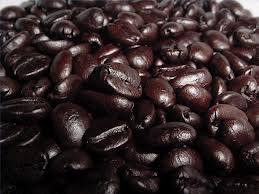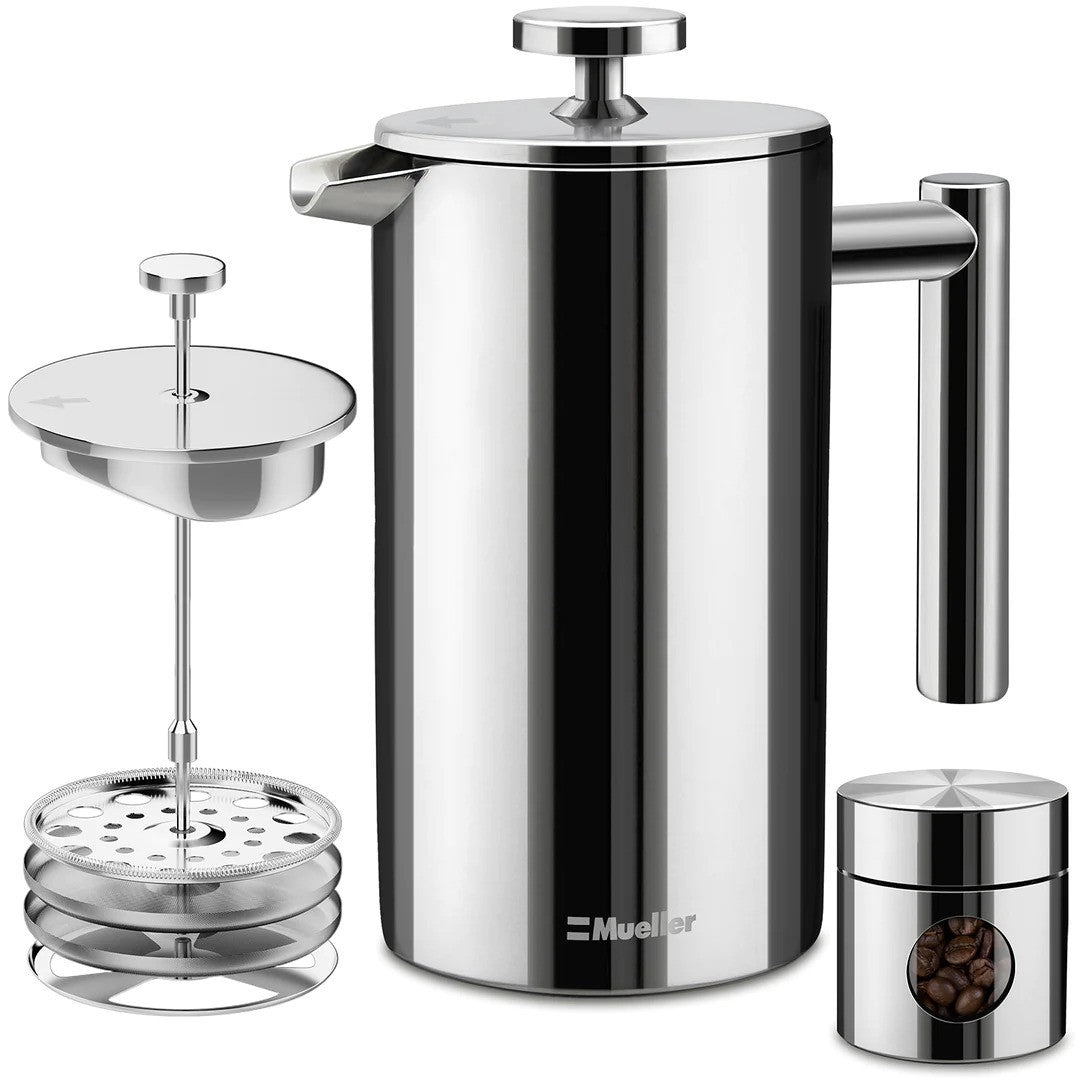Myths About Dark Roast Coffee by Karen Paterson

We recently had a visitor to our farm complain because our coffee didn’t taste burnt. We were shocked. Laura, our roaster, spends hours each week checking each roast for over-roasted beans. If she finds one, she throws it away.
This visitor made us realize that there are a lot of myths about dark roasted coffee. Here are some of them:
A true statement is that dark roasted coffee has a stronger flavor but less flavors.
As coffee is roasted it first develops flavors of sweetness and fruit. As the roast progresses secondary flavors such as, citrus, nuts and spices develop. Further along all of these flavors begin to decline and the roast develops more body. At some point, the only taste is body. In a very dark roast the only flavor is burnt.
If you like dark roasted coffee you have to give up some of the subtle flavors of coffee.
- Dark Roasted Coffee Tastes Burnt
Just because some popular dark roast coffees taste burnt, doesn’t mean that all dark roast coffees have to taste burnt. A good dark roast coffee has body, sweetness and some subtle flavors. At Hula Daddy we stop out dark roast while there are still some subtle flavors left in the bean.
- Dark Roasted Coffee Has Less Caffeine
This is slightly true. Caffeine doesn’t burn in a coffee roast. Some, but not a lot does sublimate (turn to a gas) during roasting.
The difference in coffee bean temperature between a medium roast coffee and a dark roast coffee is about 10 degrees Fahrenheit. The difference in roast time is about 2 minutes. The amount of caffeine that will sublimate from a coffee roast in 2 minutes is negligible.
- Dark Roasted Coffee Has Less Acid
Dark roast coffee does not have less acid than a medium roast coffee. The PH of the brewed coffee is identical. However, there may be a chemical which develops during roasting that inhibits stomach acid.
A recent study says that dark roast coffee may have more N-methylpyridium which appears to have a beneficial effect by blocking the ability of stomach cells to produce hydrochloric acid. Click for article
- Roasted Coffee Beans Should Be Dark and Oily.
Oily coffee is an indication of either old coffee or over-roasted coffee. Dark, oily coffee looks good in magazine advertisements. However, all of the flavors of coffee are in the oils. Roasting off the oil reduces the flavors. In addition, as the oil on the outside of the bean ages it turns rancid and destroys any good flavors left in the coffee.
- Hula Daddy Kona Coffee drinkers are smarter, better looking, and happier.
This is an absolute fact!


